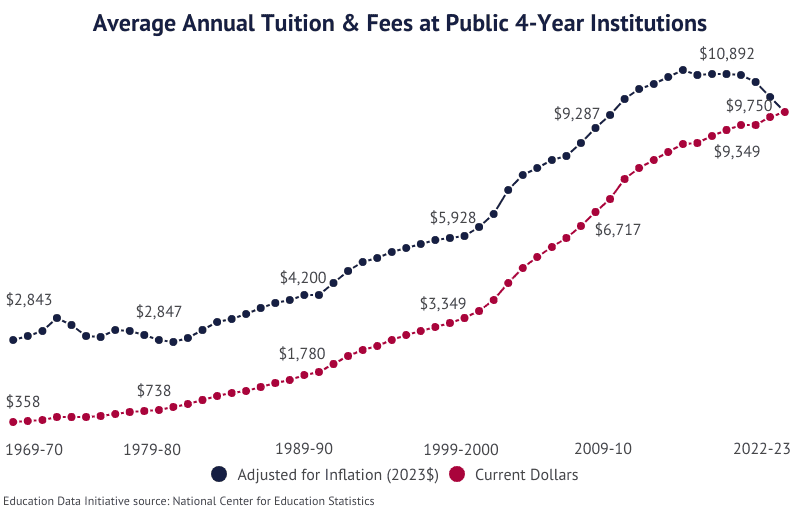The perspective that "Your employer isn't coercing you to work there. They can't prevent you from quitting and working elsewhere." is, indeed, an oversimplification of the realities of labor markets and the lived experiences of workers. While it's technically true that employees have the legal freedom to quit their job, this assertion overlooks the complex web of economic and social factors that constrain the choices available to workers.
- Economic Constraints: Many American workers live paycheck to paycheck. According to a report from CNBC, approximately 61% of Americans were living paycheck to paycheck in 2020 (CNBC, 2020). This economic precarity means that leaving a job without having another one lined up is a gamble with potentially disastrous consequences, including the loss of housing or the ability to put food on the table.
- Lack of Alternative Employment: The availability of alternative employment is often overestimated. The nature of local labor markets, educational qualifications, and the state of the economy can severely limit the employment options available to people. Moreover, job searching and hiring processes can take several months.
- Employer Market Power: Monopsony power, where employers have significant market power and workers have little, means that workers are often in a poor position to negotiate wages and working conditions. A study by Naidu, Posner, and Weyl (2018) argues that monopsony power is more widespread than previously thought and has a detrimental impact on wages (Naidu, Posner, & Weyl, 2018).
- Benefits and Healthcare: For many workers, especially in the United States, healthcare benefits are tied to employment. Leaving a job might mean not just loss of income but also loss of healthcare for themselves and their families. This ties workers to their jobs and makes it hard to leave even if working conditions are suboptimal.
- Psychological and Social Factors: There is also a psychological aspect to consider. Job security and stability are critical components of a person’s mental well-being. The uncertainty of leaving a job, combined with the social stigma often associated with unemployment, can be daunting and act as a deterrent for workers considering leaving unsatisfactory employment.
- Skill and Geographic Lock-in: Sometimes workers have skills that are highly specialized to their current employment, or they might be in a geographical location where options are limited. This makes switching jobs or careers not a viable option without significant retraining or relocation.
Taken together, these factors demonstrate that the idea of simply leaving a job is not as straightforward as it might superficially appear. The economic, social, and psychological costs of such a decision can be significant, and for many workers, it is not a realistic option.
Policies aimed at improving labor market conditions, ensuring a social safety net, providing affordable healthcare, and protecting worker’s rights are essential to grant workers the actual freedom to make choices regarding their employment.
References:
The assertion that "If the dozens of pages of disclosures are too complicated for you to understand, you still aren't being forced to take out the loan," reflects a lack of understanding of the realities faced by many individuals who are compelled to resort to such loans. Here's why this perspective is problematic:
- Information Asymmetry: Financial documents are often very complex and use jargon that the average person may not comprehend. This creates an information asymmetry where the lending institution has significantly more information and understanding than the borrower. While technically no one is holding a gun to a person’s head, the inequality in information can lead to choices that are not in the person’s best interest.
- Desperation and Urgency: Many people who resort to high-risk loans do so out of desperation. They might need money for urgent medical bills, repairs, or to avoid eviction. In such cases, the immediate need for funds can overshadow the long-term costs and consequences of the loan.
- Lack of Alternatives: Often, individuals who turn to subprime loans do so because they have no other alternatives. Traditional banks might not lend to them due to low credit scores or lack of collateral. In such situations, saying that they aren’t being forced is ignoring the fact that their choices are severely limited.
- Predatory Practices: Some lending institutions use high-pressure sales tactics, misleading information, or even outright deception to push individuals into taking on loans. These predatory practices can make it difficult for individuals, especially those who are desperate or lack financial literacy, to make informed decisions.
- Social Determinants and Financial Literacy: A person’s background, education, and social environment play a significant role in their ability to understand financial documents and make informed decisions. To place the entire burden of understanding complicated financial documents on individuals, without recognizing the social determinants that might impair their capacity to do so, is unjust.
- Cognitive and Emotional Factors: Behavioral economics has shown that people often don’t make purely rational choices, especially under stress. Emotions, biases, and cognitive limitations can lead to poor financial decisions. Expecting everyone to act as a perfectly rational agent is unrealistic and doesn’t account for the human element in decision-making.
In conclusion, while technically people have the ‘choice’ not to take out a loan, saying that they are not being forced ignores the context in which these decisions are made. Addressing this issue requires consumer protection, education, and policies that ensure fair lending practices and provide individuals with real, meaningful choices.
